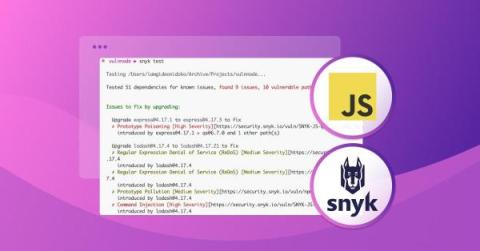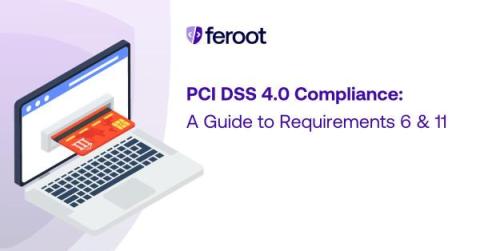Securing JavaScript: Best Practices and Common Vulnerabilities
JavaScript is the most commonly-used programing language, according to the most recent StackOverflow developer survey. While JavaScript offers great flexibility and ease of use, it also introduces security risks that can be exploited by attackers. In this blog, we will explore vulnerabilities in JavaScript, best practices to secure your code, and tools to prevent attacks.









